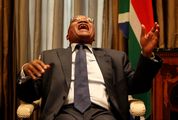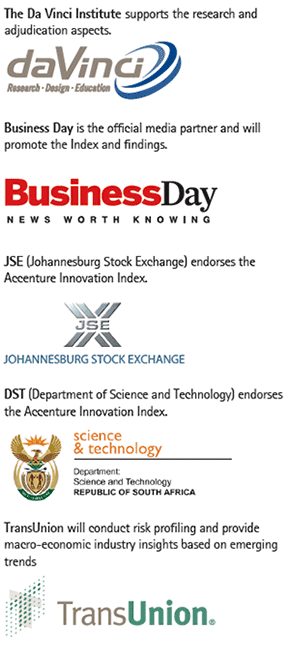1. Stronger innovators manage innovation through senior leadership (75% vs 63% for the rest of the market) and foster an innovative culture through employees by encouraging innovation, and offering financial rewards for great ideas (90% vs 48%).
2. Stronger innovators release innovations that are totally new to the market (75% of leaders), while the rest of the market are improving on previously released products.
3. Stronger innovators make use of innovative platforms like social media to gather competitor intelligence (85% vs 58% for the rest of the market), utilise S-curves¹ for decision-making (90% vs 21% for rest of the market) and Road Mapping Techniques² to achieve technology goals (70% vs. 57% for the rest of the market).
4. Stronger innovators increase their market share through innovation (cited by 75% of respondents), and are generating revenue from innovations that are only three years old.
5. Stronger innovators have readily available budget dedicated to the development of new or improved products or services (50% vs 22% for the rest of the market) to drive innovation.
6. Stronger innovators leverage innovation to decrease costs without reducing headcount. Innovation laggards reduce cost through retrenchments and in some cases these companies have experienced a rise in costs.
7. Stronger innovators dedicate programmes to drive brand identity (63% vs 34% for the rest of the market) and have committed communications strategies to promote the identification of the company and their products with innovation.
8. Stronger innovators increase their bottomline and market share by more than 10% through marketing and brand innovation initiatives.
9. Stronger innovators implement environmental management programmes with 75% of strong innovators having a committed policy for reducing energy consumption and minimising their environmental impact.
10. Stronger innovators view cross-border collaboration, talent management and competitors as important reasons to drive innovation in their organisation.
¹ S-curves: Provide a tool for organisations to gain a perspective of where they are in terms of their business cycle. It provides an early warning when the product or process life cycle is reaching maturity. Organisations attempt to have a spread of offerings which are in various phases of development.
² Road Mapping: A technology roadmap is a document that describes how evolving customer requirements can be connected with new means of satisfying them, into the future. The best technology roadmaps define performance benchmarks that describe successive advancements in performance, from the customer perspective, and identify where gaps in capability (or challenges that need to be addressed) exist in reaching defined future requirements.






















Change: -1.33%
Change: -1.57%
Change: -1.55%
Change: -1.55%
Change: -1.19%
Data supplied by Profile Data
Change: -0.39%
Change: -0.40%
Change: -1.33%
Change: 0.00%
Change: -0.40%
Data supplied by Profile Data
Change: 0.77%
Change: -0.21%
Change: 0.70%
Change: 1.11%
Change: 1.40%
Data supplied by Profile Data
Change: 0.97%
Change: 1.02%
Change: 0.44%
Change: 0.67%
Change: -0.68%
Data supplied by Profile Data